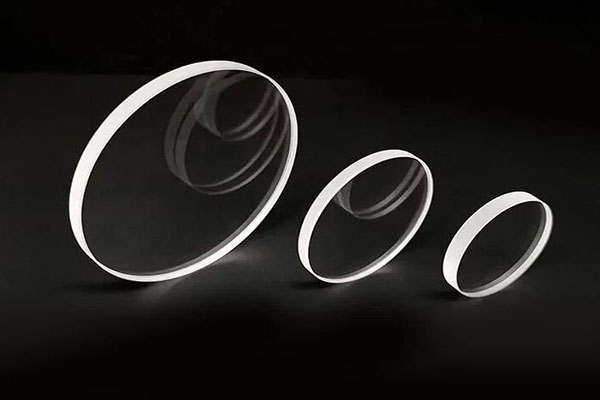Ultra-white laminated glass is a premium architectural glass product known for its exceptional clarity, brightness, و color neutrality , achieved by using low-iron float glass layers combined with lamination technology . It is specifically designed to offer higher optical performance and aesthetic appeal compared to standard laminated or conventional float glass.
Content
1. Low-Iron Content – The Core Distinction
-
The key feature that defines ultra-white glass is its very low iron oxide content , typically less than 0.01%.
-
Standard float glass contains higher levels of iron (usually 0.1% or more), which gives it a greenish tint , especially noticeable in thicker panes or when viewed on edge.
-
By reducing iron content, ultra-white glass offers a colorless, highly transparent appearance that enhances brightness and visibility.

2. Laminated Construction
-
Ultra-white laminated glass consists of two or more sheets of low-iron glass bonded together using a transparent interlayer such as:
-
PVB (Polyvinyl Butyral)
-
SGP (SentryGlas Plus) for higher structural integrity
-
EVA (Ethylene Vinyl Acetate) for decorative or outdoor uses
-
-
This lamination improves impact resistance, safety, sound insulation, and UV protection , while maintaining the ultra-clear optical quality.
3. Superior Light Transmittance
-
Ultra-white laminated glass typically transmits 91–92% of visible light , depending on thickness and interlayer type.
-
في المقابل، standard laminated glass with regular float glass may only achieve 85–88% light transmittance , and often distorts colors with a faint green hue.
-
This makes ultra-white glass ideal for environments that demand accurate color rendering and brightness , such as galleries, retail storefronts, and high-end interiors.
4. Aesthetic and Visual Purity
-
Ultra-white laminated glass provides a neutral, crisp look with no visual distortion or coloration of objects seen through the glass.
-
Standard laminated glass, due to its higher iron content, can make whites appear warmer or duller and reds or blues appear slightly muted.
-
The visual purity of ultra-white glass is especially valued in:
-
Luxury architecture
-
Glass railings and facades
-
Display cases and product showcases
-
Interior partitions and decorative applications
-
5. Applications and Intent
-
بينما standard laminated glass is often selected for general safety and security glazing (e.g., in windows, doors, and curtain walls), ultra-white laminated glass is chosen for applications where optics and aesthetics are critical.
-
It is also used where natural daylighting is a design priority, helping to enhance the interior environment without altering colors.
6. Cost and Production Differences
-
Producing ultra-white glass requires more refined raw materials and additional processing to eliminate impurities like iron.
-
As a result, ultra-white laminated glass is more expensive than standard laminated glass but offers significantly higher visual and aesthetic value .
Summary Table: Ultra-White vs. Standard Laminated Glass
| ميزة | Ultra-White Laminated Glass | Standard Laminated Glass |
| Iron Content | Very low (ultra-clear) | Higher (green tint) |
| الشفافية | 91–92% light transmittance | 85–88% light transmittance |
| Color Neutrality | Excellent (no color distortion) | Mild green tint, color shift possible |
| Glass Type | Low-iron float glass | Standard soda-lime float glass |
| Aesthetic Quality | High-end, pure, bright appearance | Functional, less clarity |
| Applications | Luxury facades, displays, interiors | General architectural safety glass |
خاتمة
Ultra-white laminated glass is defined by its low-iron composition and laminated structure , offering a superior level of clarity, light transmission, and color neutrality . It is a step above standard laminated glass in terms of both visual performance and design sophistication , making it the material of choice for premium architectural and interior applications where optical quality and visual impact are paramount.

